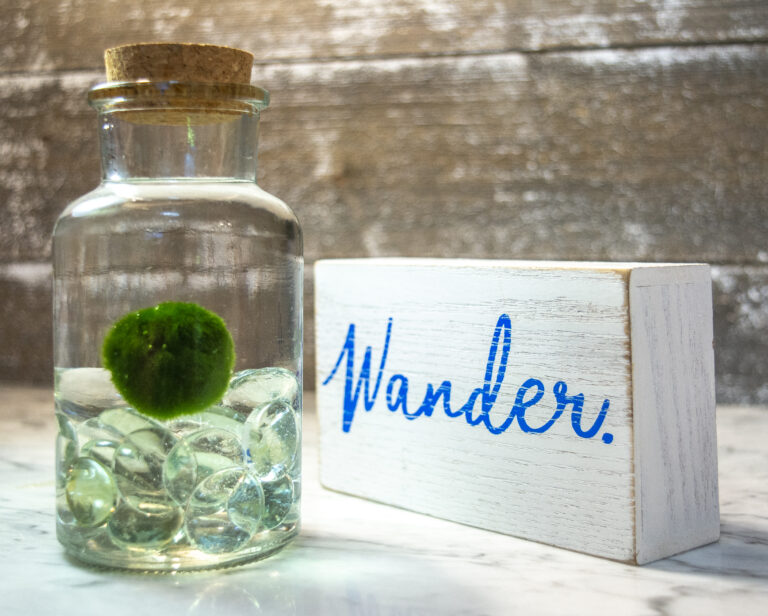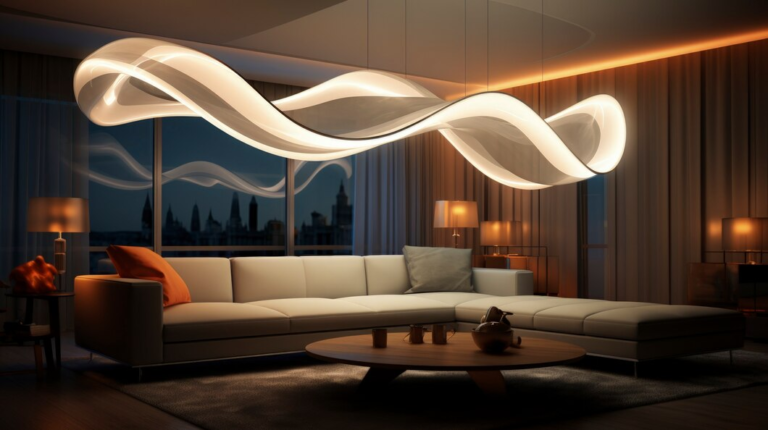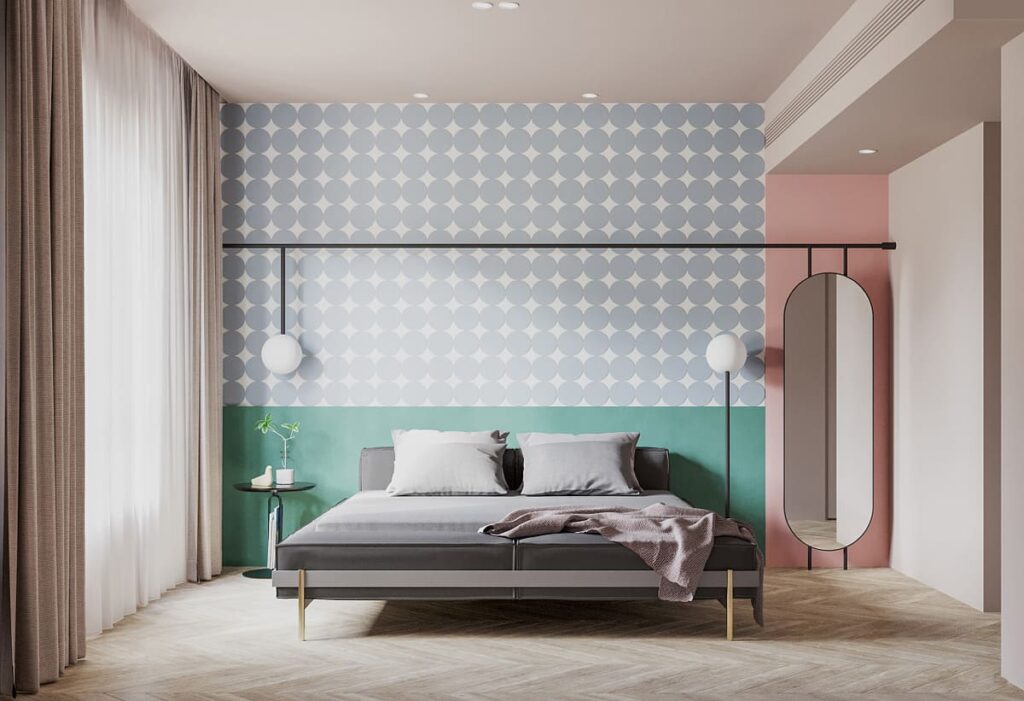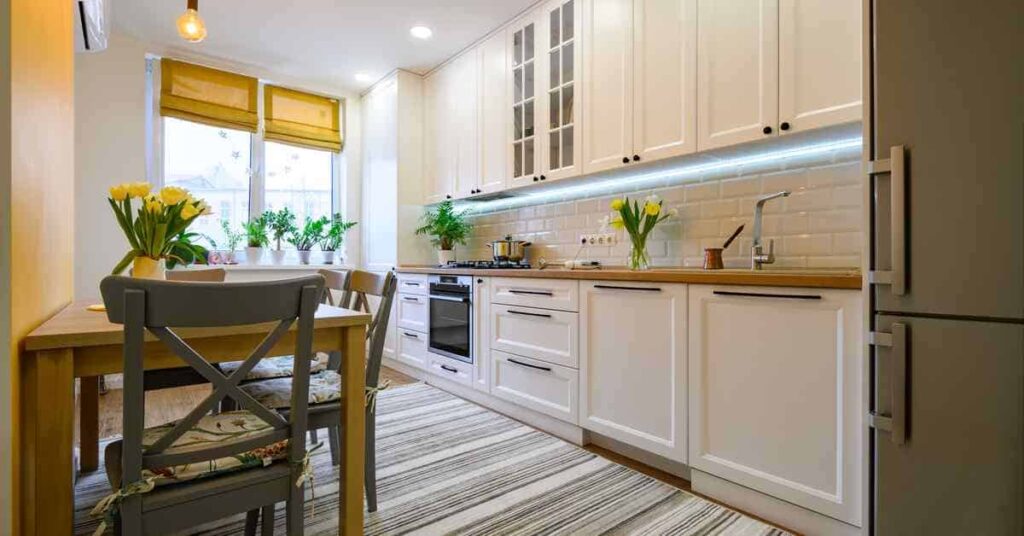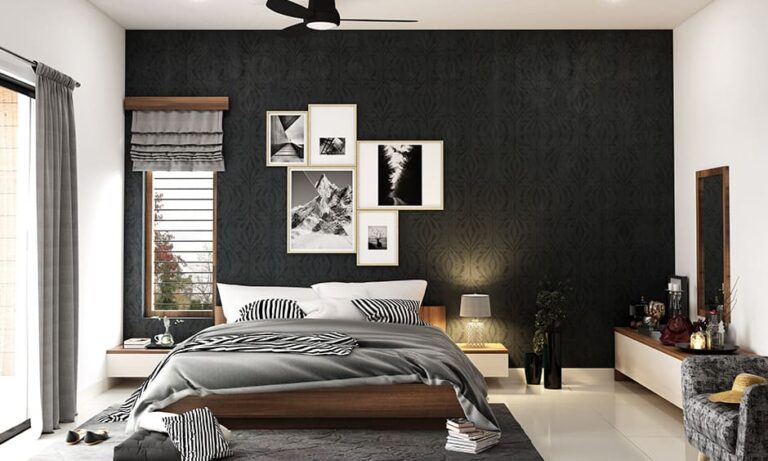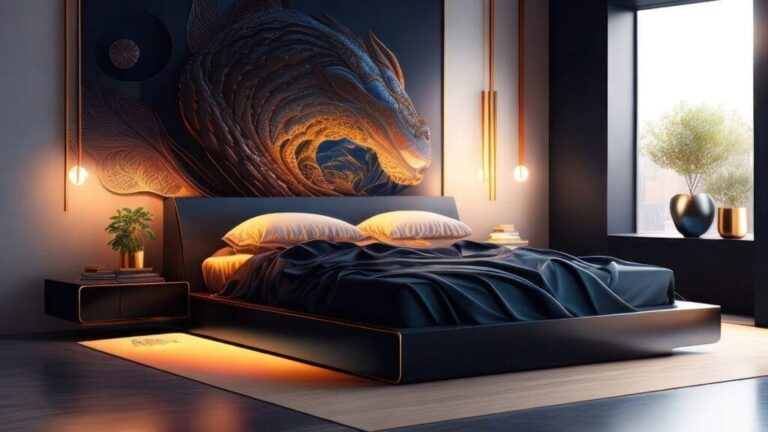In the world of interior design, the kitchen is often considered the heart of the home, where functionality meets personal style. One timeless trend that marries these elements beautifully is the use of decorative wall plates. Not only do these pieces add a splash of artistry and color, but they also infuse the kitchen with personal flair and historical charm. This article delves into the aesthetic appeal of decorative wall plates in the kitchen and offers tips on how to incorporate them into your space.
The Allure of Decorative Wall Plates
Decorative wall plates have been used in interiors for centuries, originating from a tradition of displaying fine china and pottery as indicators of wealth and taste. Today, they serve as a versatile decor element, capable of transforming a plain kitchen wall into a captivating focal point. These plates are available in a plethora of designs, from intricate hand-painted motifs to modern minimalist styles, ensuring there’s a plate to match every interior style.
Choosing the Right Plates
1. Color and Pattern: Select plates that complement the existing color scheme of your kitchen. You can choose to either match your plates with the colors of your kitchen walls and furnishings for a harmonious look or opt for contrasting colors to make the plates stand out.
2. Size and Scale: Mix different sizes and shapes to create a dynamic arrangement. Larger plates can serve as the centerpiece, while smaller plates can fill in the gaps and balance the display.
3. Theme: Whether it’s vintage, floral, abstract, or geometric patterns, sticking to a theme can give your collection coherence and a story. For a more eclectic collection, mix different styles with a common color to tie them together.
Arranging Your Plates
1. Symmetry vs. Asymmetry: Symmetrical arrangements provide balance and are pleasing to the eye, making them a safe choice for traditional kitchens. Asymmetrical arrangements, on the other hand, lend a more modern and casual vibe.
2. Placement: Wall plates do not have to be confined to the main wall. Consider less obvious spots like above the sink, on the soffit above cabinets, or even incorporated into a backsplash design.
3. Mounting: Use plate hangers to secure plates to the wall. These hangers are designed to grip the plate securely without causing damage. For a more contemporary look, floating shelf displays or shadow boxes can also be used to house the plates, adding depth to the arrangement.
Practical Tips for Maintenance
Decorative plates in the kitchen face exposure to grease, smoke, and dust. Opt for ceramic or glass plates that are easy to clean as opposed to more porous materials. Regularly dust the plates and gently wipe them with a damp cloth to maintain their luster and prevent dust accumulation.
Integrating with Other Decor
To create a cohesive kitchen decor, you can echo the elements from the wall plates in other areas of the kitchen. For instance, a plate with a floral pattern can inspire the choice of textiles like tablecloths, curtains, or seat cushions. Kitchen accessories like mugs, bowls, or even a kettle featuring similar colors or patterns can tie the whole room together.
Conclusion
Decorative wall plates are more than just kitchen adornments; they are expressions of personal taste and historical art forms. They provide an opportunity to showcase your personality and transform the aesthetics of your kitchen without undergoing extensive renovations. With careful selection and thoughtful arrangement. These plates can turn a simple kitchen into a stunning space that reflects both modern trends and timeless beauty.

